One of the last paintings created by
Modigliani, the Portrait of Paulette Jourdain is an outstanding example of the artist’s work. Pauline "
Paulette" Jourdain was the housemaid and later the lover of Modigliani’s dealer Léopold Zborowski.
She is painted on one of the largest canvases used by the artist in a completely frontal, stately manner that directly engages the viewer. She is presented with great dignity and presence, commanding our attention and respect.
The rich colors, transcendent light and dynamic surface further transform this painting into a masterwork. The painting demonstrates well how the artist assimilated a broad range of influences from African art to Old Master paintings to create his own unique, sophisticated vision.
Paulette Jourdain, 1919
Modigliani was famous during his lifetime, having exhibited internationally in Paris, London, Zurich and New York, and being written about by the leading writers and art critics of his time. His fame was firmly established by the time that he created this painting in 1919.
During the first half of the year, while living in the south, Modigliani visited
Pierre-Auguste Renoir in Cagnes who agreed to meet him because "
I have heard that he is a great painter" (
Jeanne Modigliani, Modigliani: Man and Myth, New York, 1958, p.79). Modigliani returned to Paris on May 31 and painted Paulette Jourdain that fall, probably in November, when he executed the Portrait of Thora Klinkowström (
private collection), which features the same format, composition and color scheme.
At the time that Modigliani finished these paintings, the English writer Wyndham Lewis referred to him in the London journal The Atheneum as being "
the best-respected painter in Paris" (
Wyndham Lewis on Art: Collected Writings, 1913-1956, New York, 1969, p.167). Within weeks, on January 24, 1920, Modigliani died.
Modigliani was an exceptional colorist who created a rich, distinctive palette that is seen to advantage in the portrait of Paulette Jourdain: the wall is bright ochre yellow, the wainscoting is orange-brown while the door is reddish-brown, all colors unique to him.
He was surely inspired to explore color by Paul Gauguin’s work, which "fascinated" him when he and fellow artist Ludwig Meidner saw the Post-Impressionist’s retrospective at the Salon d’Automne in 1906.
The experience left him "intoxicated with excitement".
The studio in which Paulette Jourdain was painted was located directly above an atelier once occupied by Gauguin, at 8, rue de la Grande Chaumière in the heart of Montparnasse. As with many of Modigliani’s paintings, brushstrokes are readily apparent in Paulette Jourdain, making for a dynamic, busy surface. He wanted to move as far away as possible from the slick, sterile canvases of the academic painters who preceded him.
Along with
Matisse and Picasso, Modigliani incorporated elements of African art into his paintings, thereby revolutionizing Western art. The influence of African masks is evident in Modigliani’s portrayal of Paulette’s face: the long oval shape of her head, blank eyes, long nose, button mouth and extended neck. Her elongated form and frontal pose give her the hieratic presence of a totem. His friend Jacques Lipchitz commented that it was African art’s “
strange and novel forms” that captivated Modigliani.
Other artistic influences can be discerned as well, from Old Masters to contemporaries.
The work of Leonardo da Vinci appealed to him as well. Modigliani remarked to Paulette that the "
Mona Lisa" was his favorite painting at the Louvre, an institution that he often frequented. Modigliani gives Paulette an enigmatic look, akin to that of the Mona Lisa. Her face also has a caricatural quality that recalls the portraits of Henri Rousseau.
Modigliani visited Rousseau’s studio in Montparnasse with his patron Dr. Paul Alexandre and was a great admirer of the Douanier’s paintings. Sharp angles in the background introduce a subtle form of Cubism into the painting through the positioning of the figure: in a chair in a corner, next to a door (that is slightly ajar), in front of a wall that is divided by wainscoting. The angular elements behind her contrast with the flowing, curvilinear lines of her form.
While not formally one of the Cubists,
Modigliani was part of their social circle. He met
Picasso soon after arriving in Paris and made several portraits of him (
one in paint, two in pencil). They exhibited together on numerous occasions.
Modigliani had deep respect for Picasso, according to his intimates.
On Modigliani’s obsession with representing the human figure, Lipchitz explained: "He could never forget his interest in people, and he painted them, so to say, with abandon, urged on by the intensity of his feeling and vision".
As the writer Jean Cocteau wrote, "He reduced us all to his type, to the vision within, and he usually preferred to paint faces conforming to the physiognomy he required…for Modigliani’s portraits, even his self-portraits, are not the reflection of his external observation, but of his internal vision…"
The sitter, Paulette Jourdain (1904-1997), was born in the small coastal town of Concarneau in Brittany. She came to Paris in the first part of 1919 and moved into Zborowski’s apartment at 3, rue Joseph Bara in Montparnasse to work, first as a domestic servant before quickly becoming an assistant in the Pole’s dealer operations. She also took courses at a local commercial school. Zborowski operated his business out of his apartment because he did not have a gallery until 1926.
It was at the apartment that Paulette met Modigliani who immediately invited her to come to his studio/apartment on rue de la Grande Chaumière to have her portrait painted. Paulette remembered that there were multiple sittings and that Modigliani painted quickly.
Modigliani’s portraits of young people, including this one of Paulette Jourdain, are among his most poignant paintings. Youths emerged as an especially popular subject for him in the years 1918 to 1919.
The young people whom he portrayed often came from humble backgrounds with many being servants, workers or peasants. A major part of Modigliani’s enduring appeal lies in the fact that he ennobled common people by painting them in large formats with grandeur and majesty. It is no surprise then that many of these paintings are in museum collections: The Little Peasant (Tate Gallery, London), Boy in Short Pants (Dallas Museum of Art) and Servant Girl (Albright-Knox Art Gallery, Buffalo). Paulette Jourdain has always been among Modigliani’s most prominent portraits of young people.
While his other youthful sitters have faded into anonymity, Paulette has not. Her name has always remained in the title. Modigliani was clearly taken with her for he wished to paint another portrait of her, but his rapidly declining health and untimely death prevented that from happening.
Paulette soon posed for other artists as well, including Chaim Soutine and Moise Kisling. She remained close to Zborowski and had a child by him in 1924 named Jacqueline.
Paulette took over operations of Zborowski’s gallery upon his premature death in 1932 from a heart attack and continued as a gallerist until WWII.
Modigliani embodied the very essence of Montparnasse, a place which Marcel Duchamp called "the first really international group of artists that we ever had". He was known as the ultimate Montparnasse sophisticate, someone who was highly cultured, well read and well traveled.
Paulette recalled that Modigliani sang parts of the Italian opera "
La Traviata" when he painted her and that he would recite verses by the French poet Charles Baudelaire. Remarkably, Modigliani’s style matured at the same time that his health declined. Perhaps he knew that his end was near and that he needed to push himself to the highest level to secure his legacy.
Within his generation, he stood with
Matisse and
Picasso as the only artists who created world-class works in three media: painting, sculpture and drawing.
| © Sotheby's Uno degli ultimi dipinti di
Amedeo Modigliani (1884-1920), il "
Ritratto di Paulette Jourdain" (
1919), è considerato un altissimo esempio della sua arte e ritrae la compagna del mercante d’arte e collezionista parigino, Leopold Zborowski.
L’opera fu conservata nella sua collezione per lungo tempo e passò successivamente in quella di un altro grande mercante, Paul Guilllaume, e in tempi più recenti, venne acquistata da Alfred Taubman (1924-2015), grande collezionista e uomo d’affari americano, presidente di Sotheby’s.
Nel 2015, il "Ritratto di Paulette Jourdain" è stato battuto all'asta da Sotheby's a New York e venduto per 42,8 milioni di dollari (€39 milioni circa) ad un collezionista privato asiatico rimasto anonimo, il quale alla fine l’ha spuntata tra cinque pretendenti.
Di sicuro, Modigliani non avrebbe mai immaginato di finire cosi lontano !!












































































































































































































































































































































































































































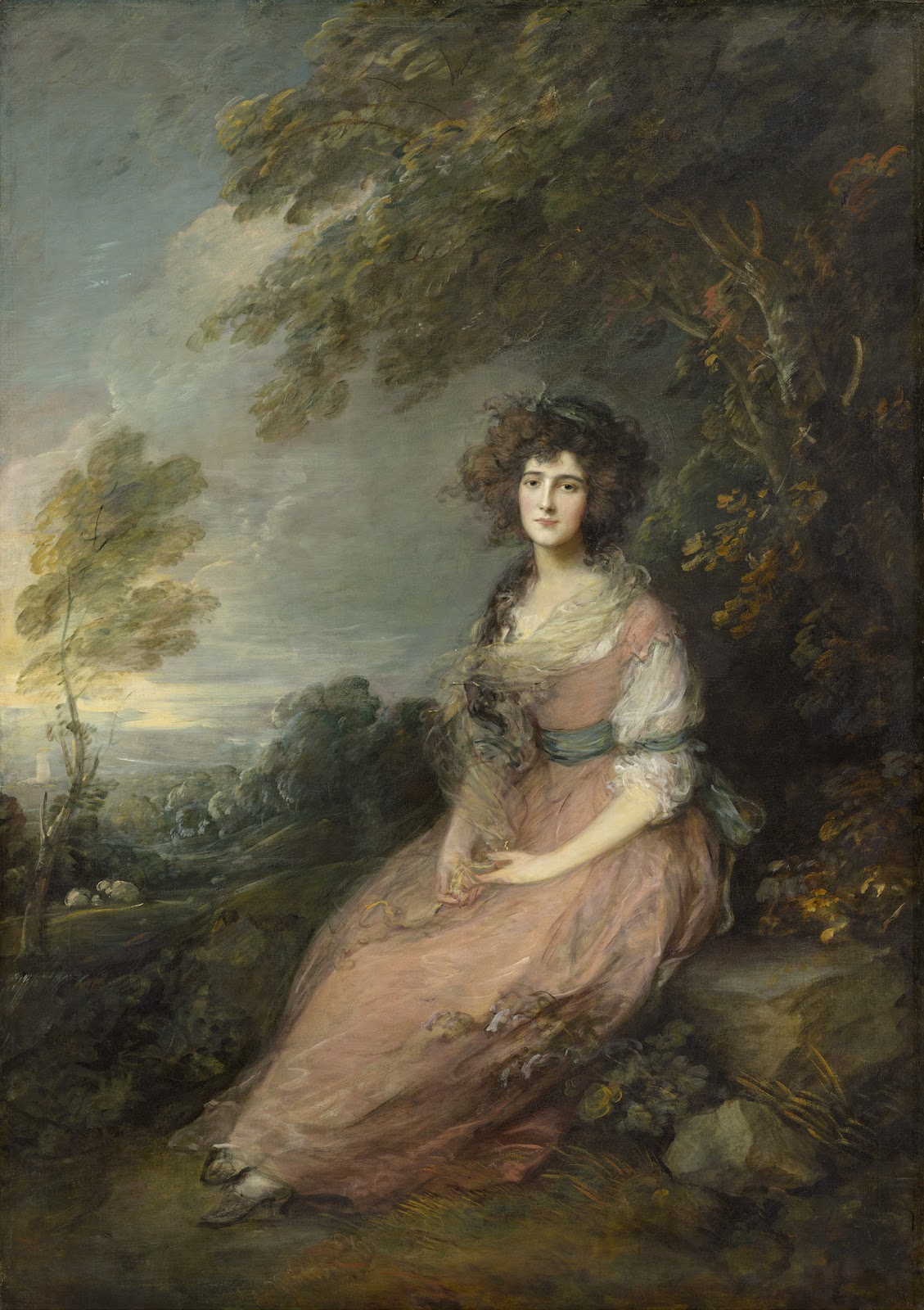




.jpg)

.jpg)

.jpeg)

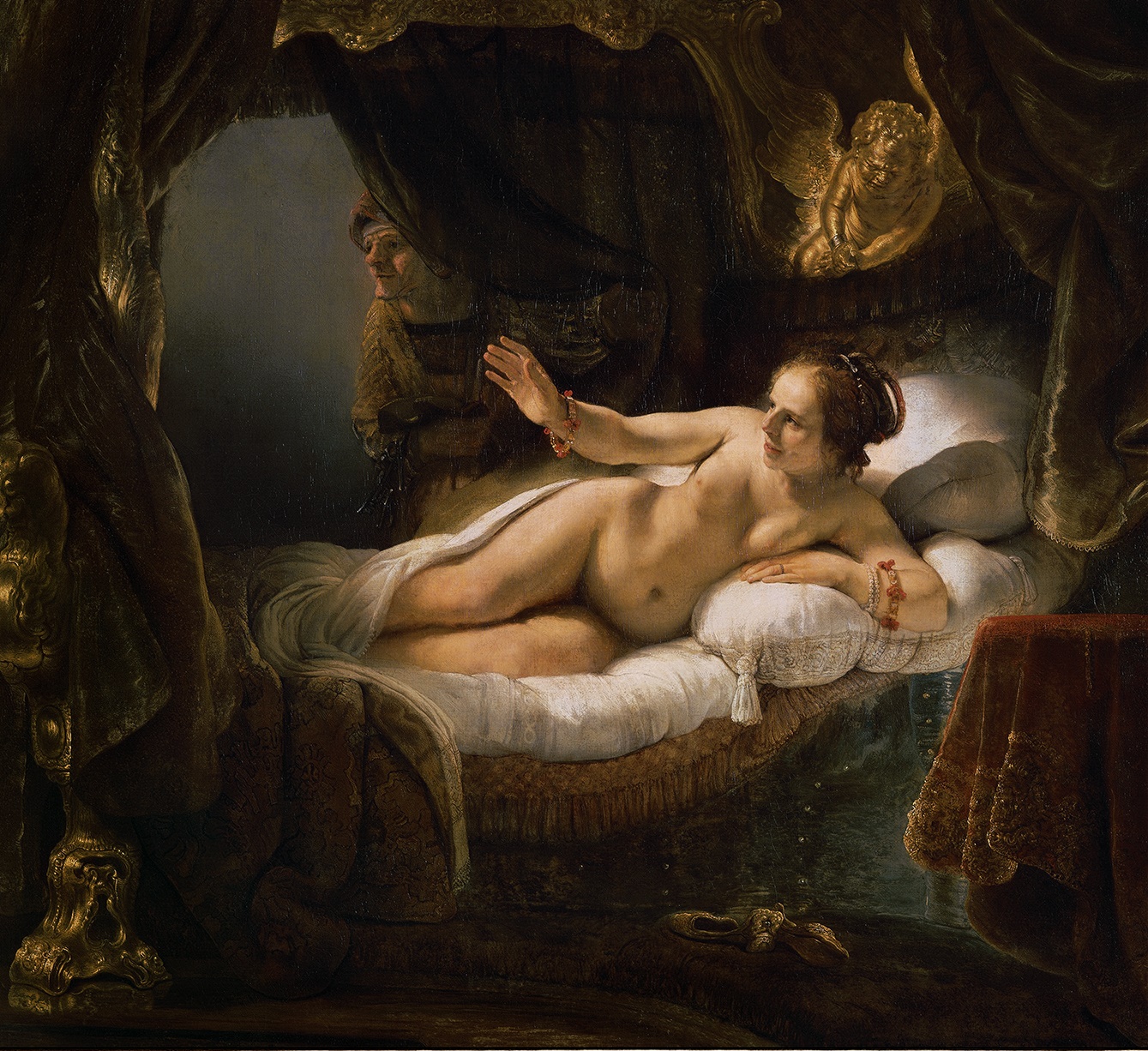



.jpg)

.jpg)
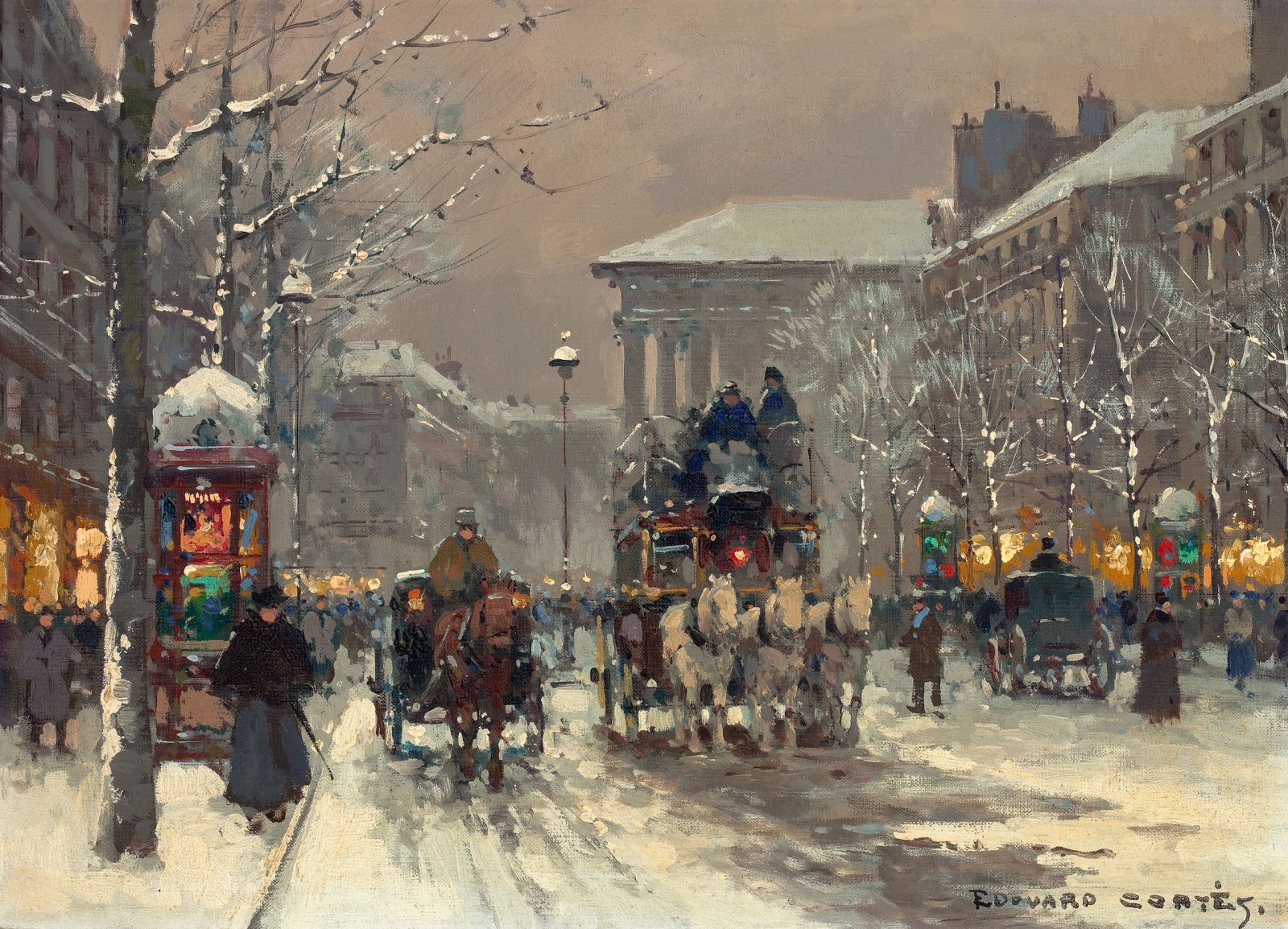

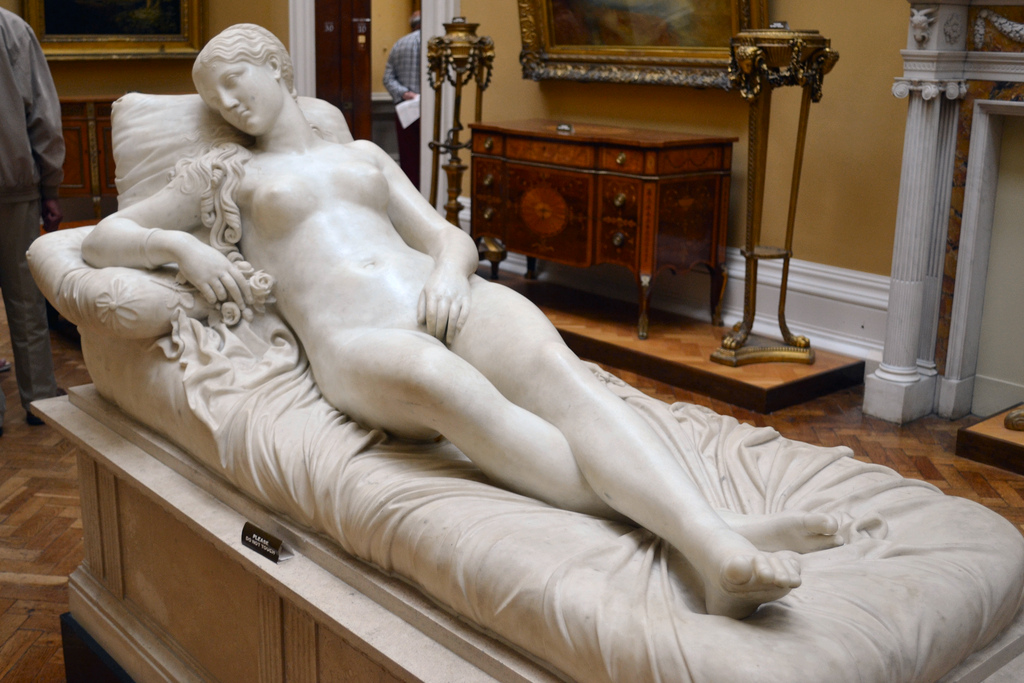

.jpg)










































































































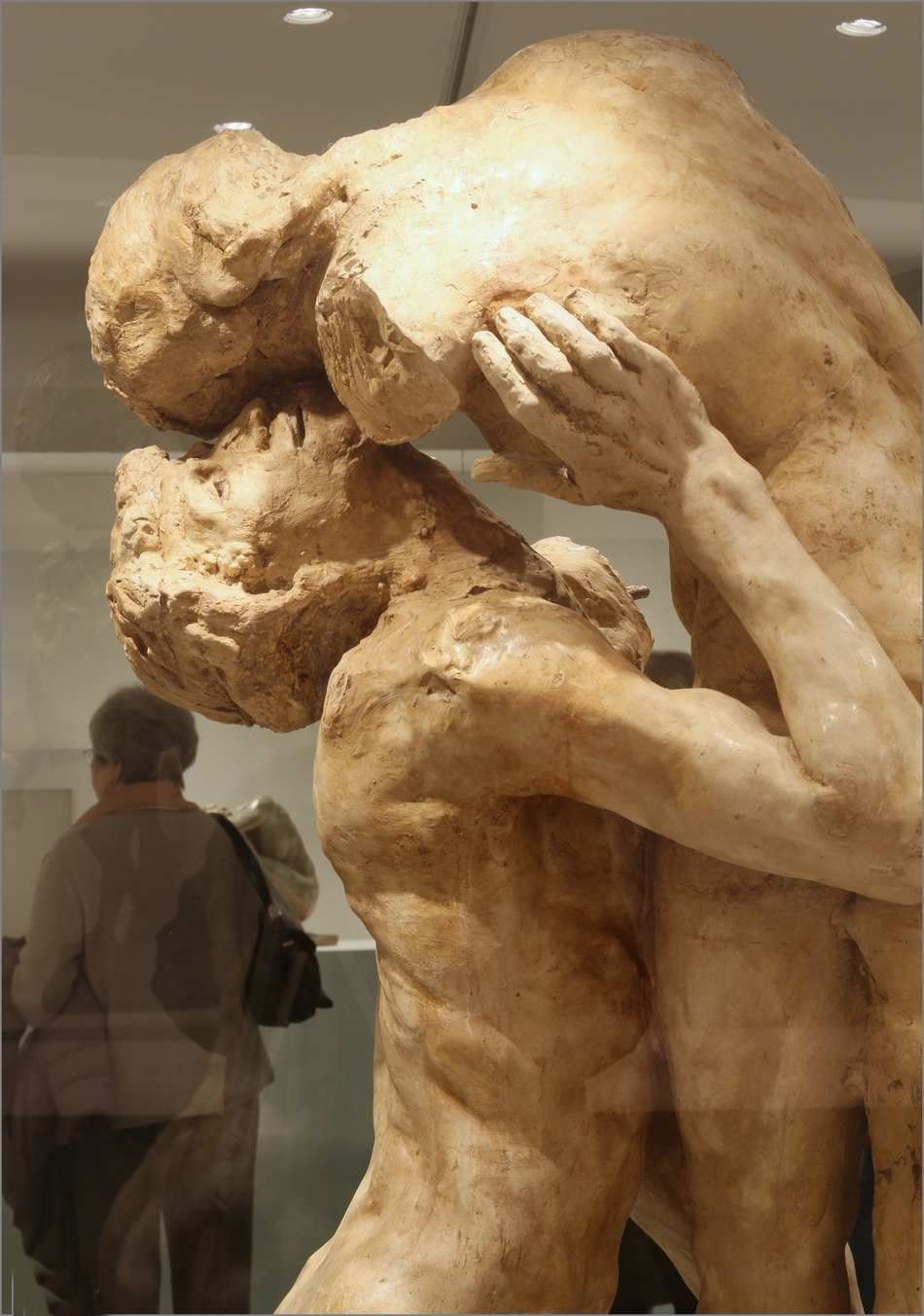





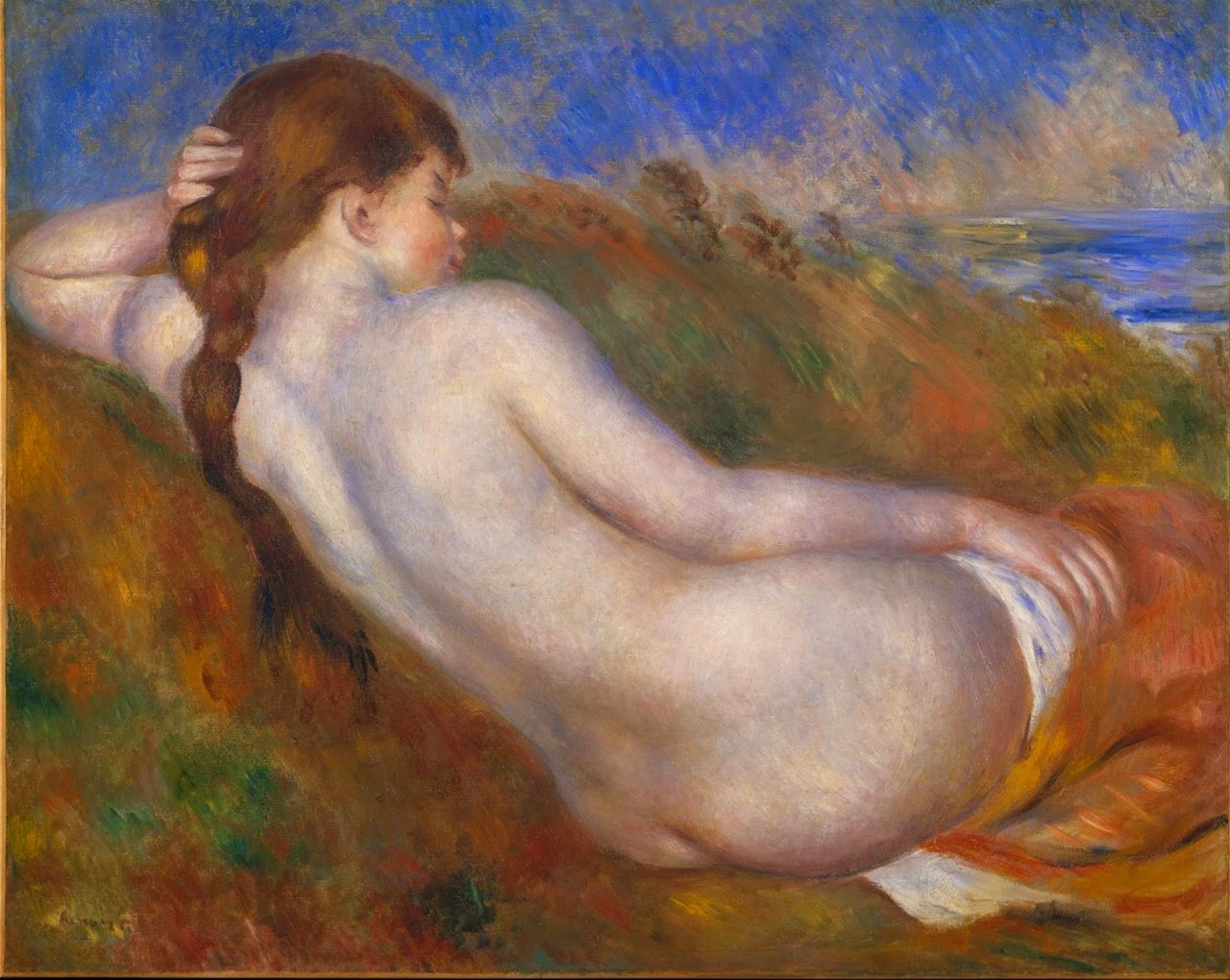






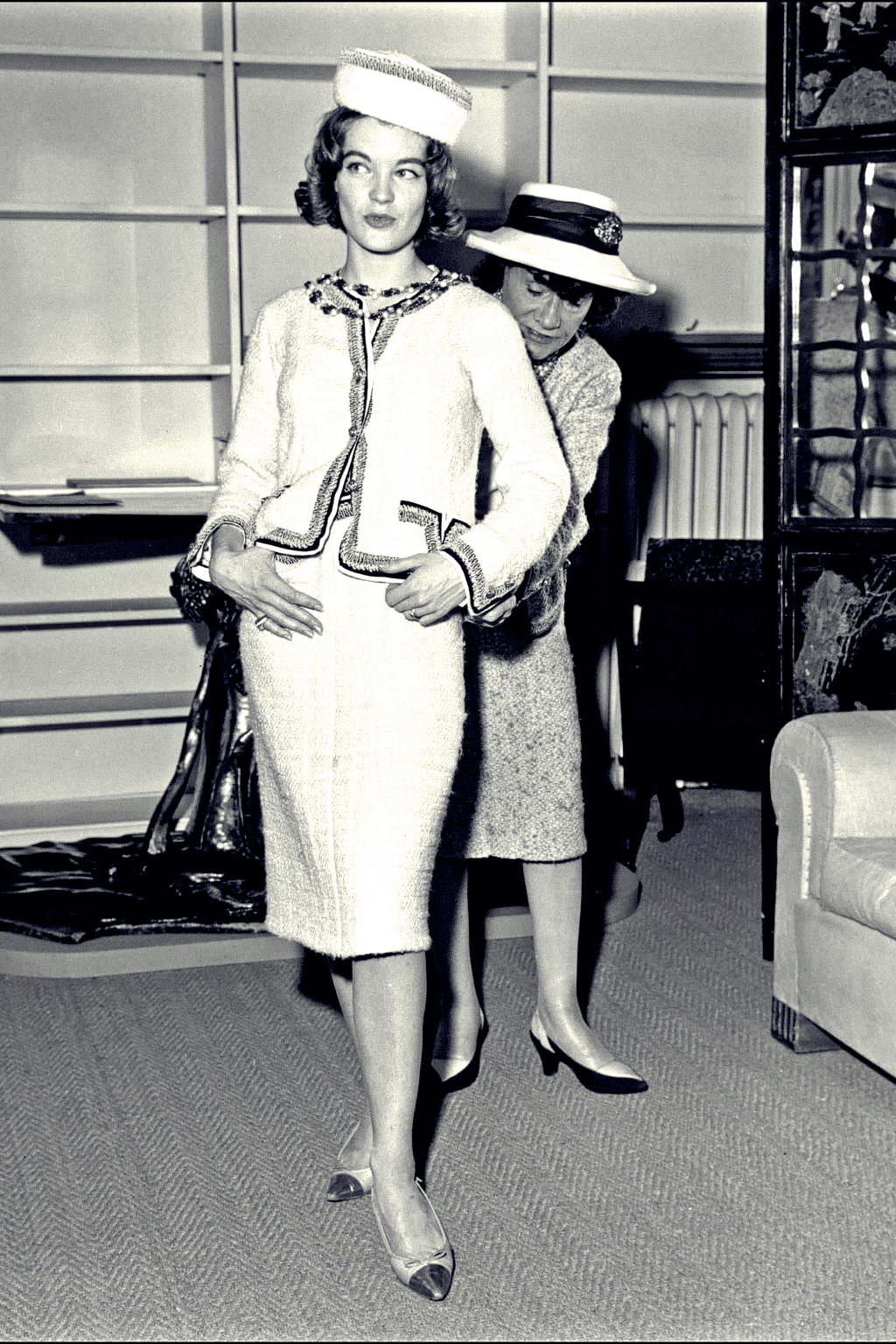
.jpg)

.jpg)
























































